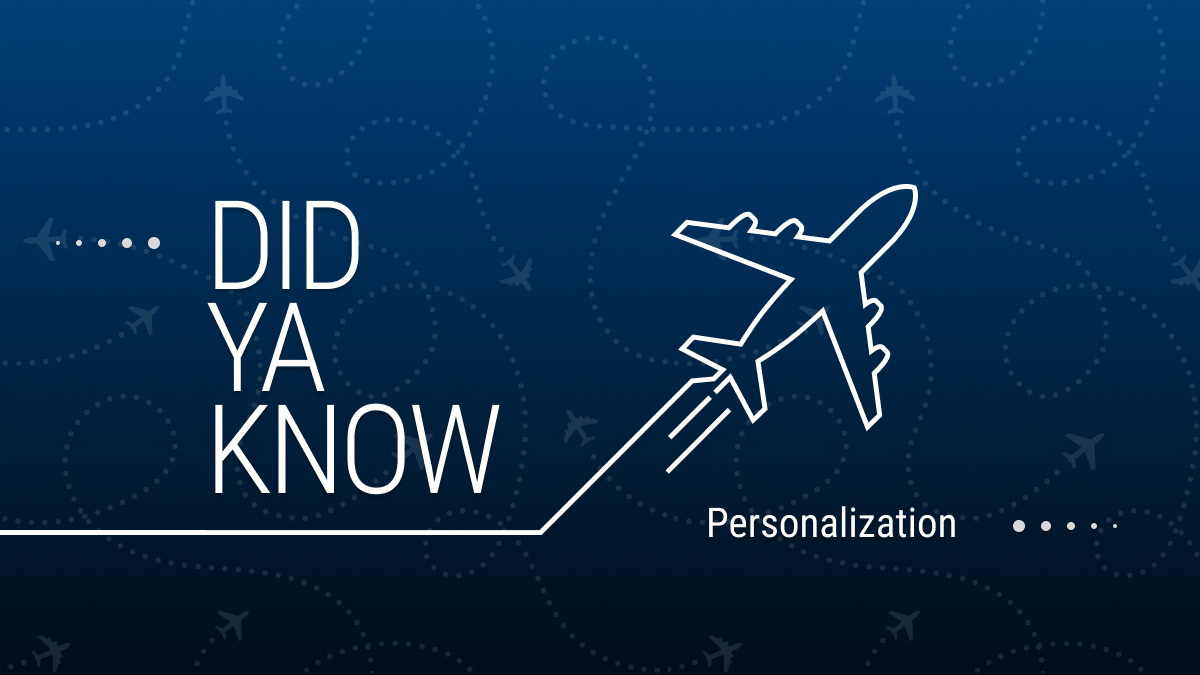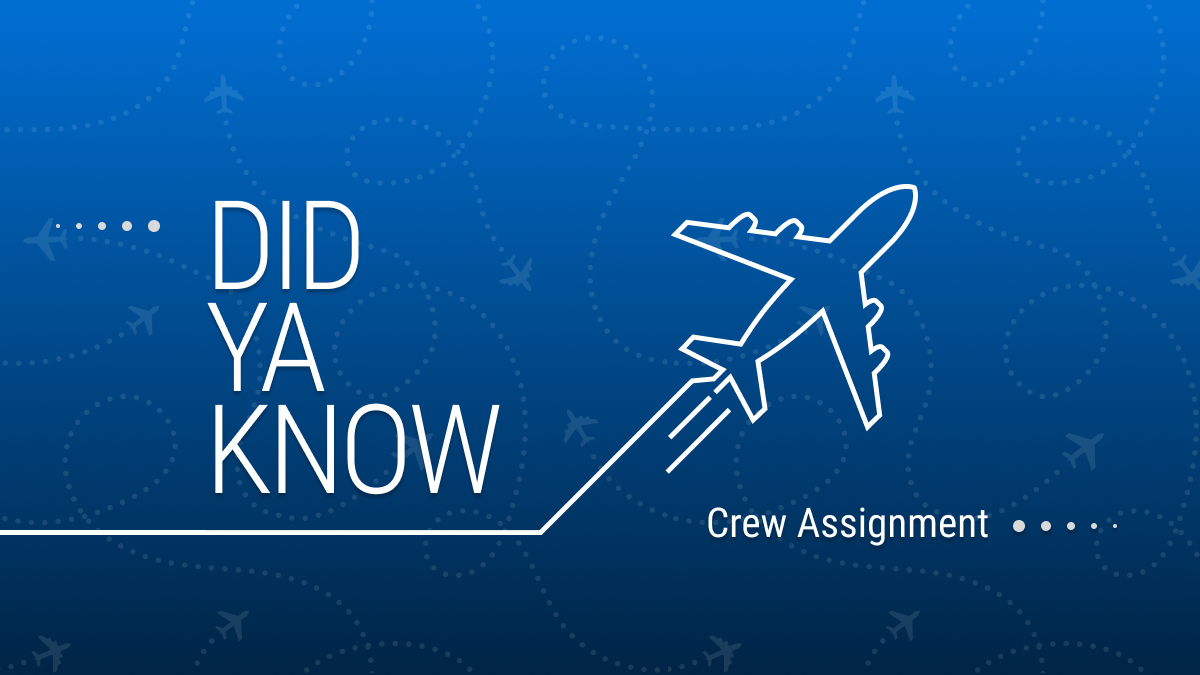Cloud Computing Has Come of Age
When I started my career in the travel industry three decades ago, the only environment I knew was the traditional data center with many applications hosted in a heterogenous hardware environment. Each application had its own physical storage; constant monitoring was required to determine if the physical storage had to be upgraded. Just provisioning hardware required a lead time of two months or more. It is only in the recent past that provisioning in traditional data centers is considered fast, but it still takes 3 weeks. Traditional data centers were also expensive to manage and operate in terms of maintaining and upgrading the hardware, providing disaster recovery, ensuring uninterrupted power, enabling network connectivity, heating, cooling, labor costs, and much more. All of this is complexity in time and money that is no longer required in a cloud environment. Today, corporations can focus on profitably running their core business.
Over the past decade cloud computing has come of age, delivering unmeasurable value to corporations worldwide. In a cloud computing environment, both the primary and back-up databases reside on the same cloud but in different regions. This has the advantage that if the primary database goes down, there would not be any loss of data. The cloud also ensures a homogeneous hardware environment, uses standardized management tools, and uses a pay-as-you-use model. Cloud computing also provides instantaneous provisioning of on demand hardware required to support peak transaction volumes. Operational efficiency is critical for competitive advantage that only a cloud-based solution can provide.
Probably the most compelling reason to migrate to the cloud from a traditional data center is the environment for scalability during peak demand, security, continuous deployment of software releases and significantly lower daily operating expenses than a traditional data center.
Charter and Go’s new generation booking engine is a mission critical application that combines core intuitive user design principles for website navigation with advanced artificial intelligence models to create the ultimate user experience. As a startup company, the founders decided to deploy the solution entirely in the cloud with no applications running on premise. This was a conscious decision to ensure performance, failover, security, continuous deployment and scalability on demand.
There are many cloud providers in the market. After evaluating many leading providers, we narrowed down the vendors to Amazon AWS and Microsoft Azure. While we believe that both Amazon Web Services (AWS) and Microsoft Azure could have fulfilled our needs, we eventually settled on Amazon AWS for our initial release of the product with AWS Lambda services being the cornerstone of the solution. This leaves the infrastructure in the hands of the cloud providers while our IT specialist engineers can concentrate on building more creative and operational stable solutions. Amazon Lambda lets us run code without provisioning or server management but allows us to build modern micro services and event driven solutions. Charter and Go is only paying for the compute time consumed. In the next few months, I will share our experience with AWS Lambda’s performance and its adaptability for the charter industry.

PETER MOORE –Co-Founder and Chief Information Officer






